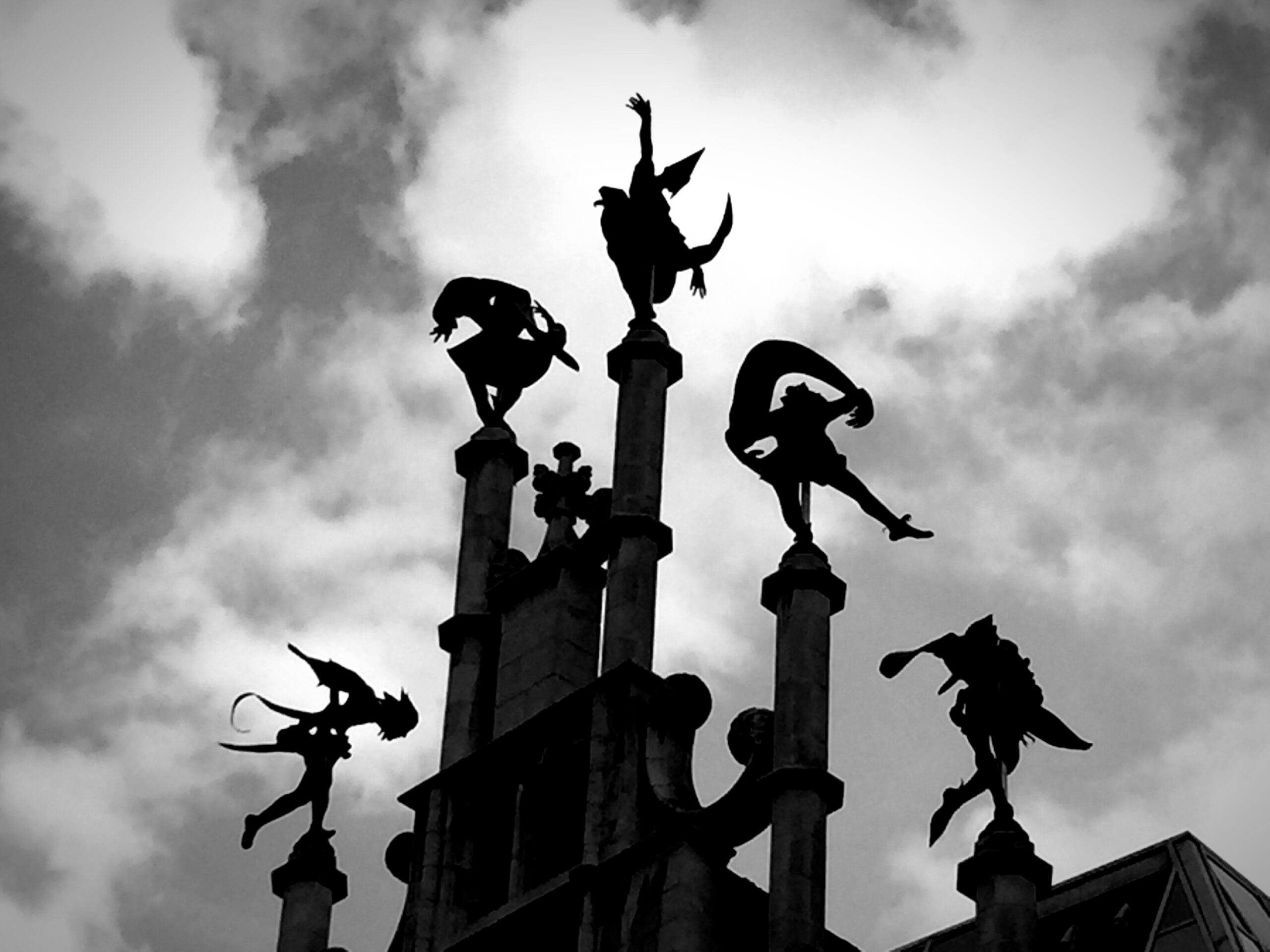
As dreamers, we often seem to relish or fear the occurrence of these nighttime phenomena much as we relish or are frightened by the images that we see projected on a theater screen or television monitor. As I mentioned in a previous essay, dreams might have often inspired the telling of stories around a tribal fire or more recently the writing of a play, choreographing of a ballet or painting of a picture. I have suggested that dreams might hold evolutionary benefits precisely because they provide insights, entertainment and guidance alongside the events of waking life. It is through storytelling, playwriting, choreography and painting that the benefits yielded by dreams are most often realized.
In some ways, movies and television shows provide a benefit that is similar to that offered by these other art forms. In other ways, however, movies and television (amplified by cable communication and digital streaming) have played a unique role in changing the character of our 20th and 21st Century dreams. In his musical, Sunset Boulevard, Andrew Lloyd Webber has declared (through his main character) that “we taught the world new ways to dream.” Dreams have included content from movies and television, much has been the case with other art forms. However, movies and television have been able to create images and narratives that go well beyond what is possible in other art forms.
We can tell a story that is a “real whopper” – however it is something else to see this whopper being played out in fully believable form on a large movie screen. We can write a play about the life of a troubled leader but can’t place this person in many settings that extend over a long period of time. We can provide a series of vignettes (snap shots) but not an ongoing narrative (motion picture). With the serialization of these visual products (e.g., a twelve-part series on the life of a famous king or queen), we can spend multiple hours with this leader as they grow older and evolve their perspectives on life.
I remember watching the many BBC episodes of the original Forsythe Saga and felt that I had lived the full adult life of Soames Forsythe. When he died in the final episode, I felt like I had lost a long-term friend (even though I often despised him and his actions or in-actions). A novel can provide this same long-term perspective on a lifespan—but it is unable to present a believable, multi-media enactment of this life.
I take my analysis one step further. With the unique capacity of movies and Television to tell a tale in vivid and compelling form, I believe that these two art forms create images that are mythic in form. It is in the extended, graphic portrayal of a powerful protagonist’s life that we most closely approximate the legends told by Homeric poets or Nordic storytellers around tribal fires. These mythic images, in turn, “teach us new ways to dream.”





